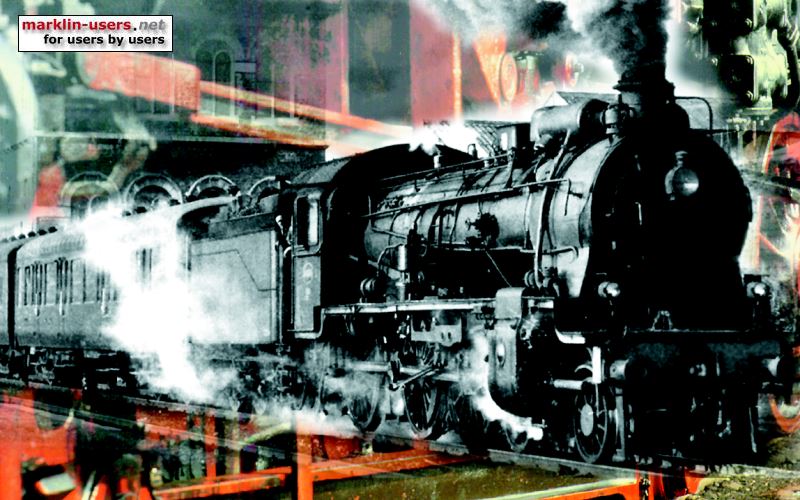If you have the Intellibox by Modeltreno/Uhlenbrock
(also known as the "IB"), you can run different digital
protocols on the same track. These are the NMRA DCC protocol (also known
as the Lenz protocol), the Trix Selectrix protocol and both Märklin
protocol variations "old & new". This opens up the
possibility to use any decoder that conforms with any of these digital
systems. Contributed by webmaster.
Introduction
This is a conversion of a
Märklin 3-rail AC loco (3089) with the LFCM motor, with a Lenz LE130
DCC decoder. This means it can run on a Märklin layout controlled by an
Intellibox. It can not run on a digital layout controlled by Märklin 6021
and the other Märklin central units. It can not be used on a
"normal" Märklin AC layout either. But if you have a 3-rail
DC layout as described on this site by M Silz, it would run there
too... The Lenz LE130 decoder can be said to be the standard H0
decoder with "speed-regulation" for the non-Märklin world. It
has characteristics similar to the Märklin 60902, but the LE130 is to
be programmed via the IB programming track instead of the traditional
Märklin method, where you set the address with the little switches (the
"mouse-piano") and
the speed & delays with potentiometers.
The procedure
- Rip out everything, and replace the
stator electromagnet with a Märklin HAMO permanent magnet stator
(spare part no 220560). The original rotor and motor cover are
reused.
- Mount the LE130 decoder
- Test run the loco with default
address
- Re-program the decoder to desired
characteristics
- See it run the way you have
programmed it to...
Rebuild the motor...
No big problems here, just rip the old stuff out, replace the
electromagnet with a HAMO magnet, put the rotor, motor cover and the
brushes back. You should consider changing the brushes if they are worn.
The pictures below show the before/after images.
Before
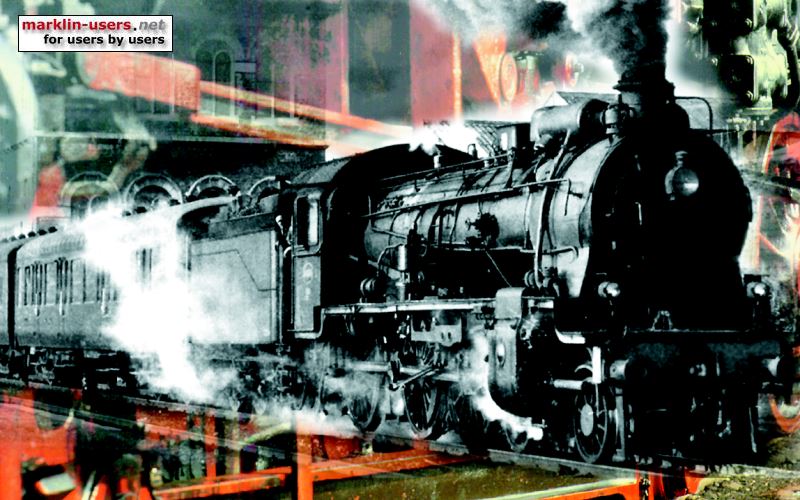
After
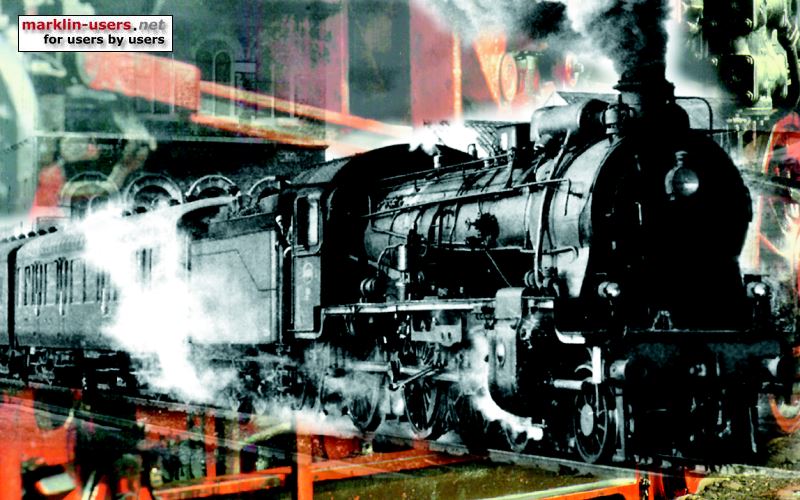
As you can see, only parts of the motor are kept....
Mount the decoder...
Since there is a lot of space in a 3089, the decoder mounting was also
easy. I simply glued the decoder to the chassis using "the
webmaster favorite " - the acrylic "super glue", after scraping
off the color on the chassis where it should sit. A piece of tape was
put under the decoder to prevent shorts.
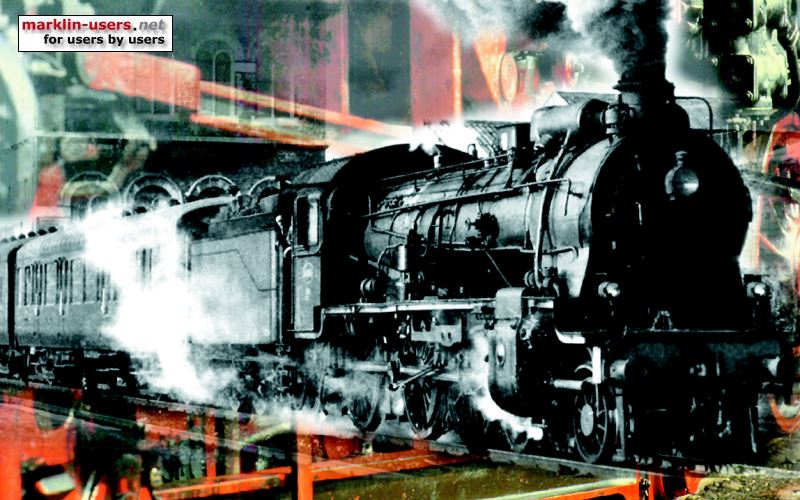
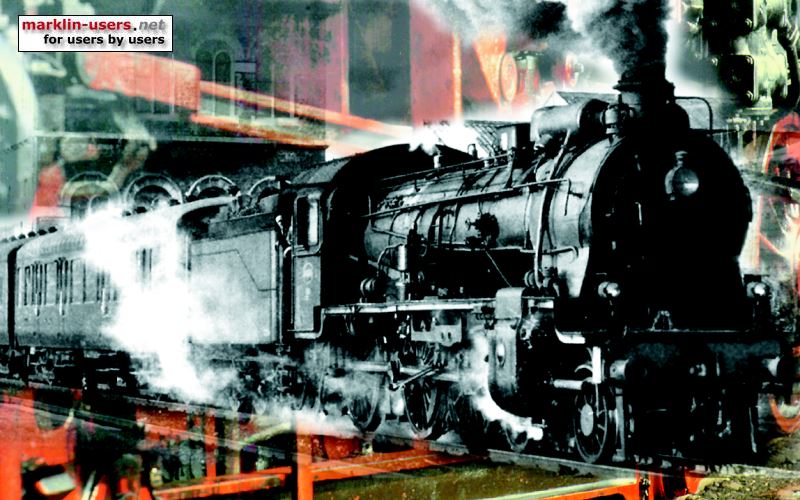
Test run the loco with the default address...
The default address of the LE130 is "3", so I had to define a
loco on the IB with the "DCC 14" protocol (default in the
decoder) and the address "3". Time for a test run...
The old Märklin motors are not known to be quiet, but the 3-pole
LFCM with a "speed-regulation" decoder the motor is really
noisy.... The sound reminds of a tractor or something like that...
With the 3089, it gets real loud when the metal body is mounted and acts
like a resonance amplifier... So the 3089 body had to be
"dampened" inside with (in this case) double-sided mounting
tape in the end... The pulling power of the LFCM motor + LE130 is
enormous....
Noisy...
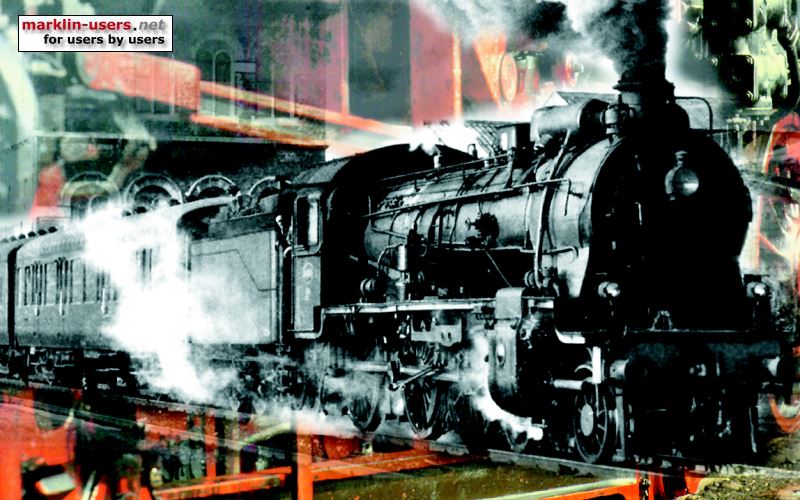
Noisier...
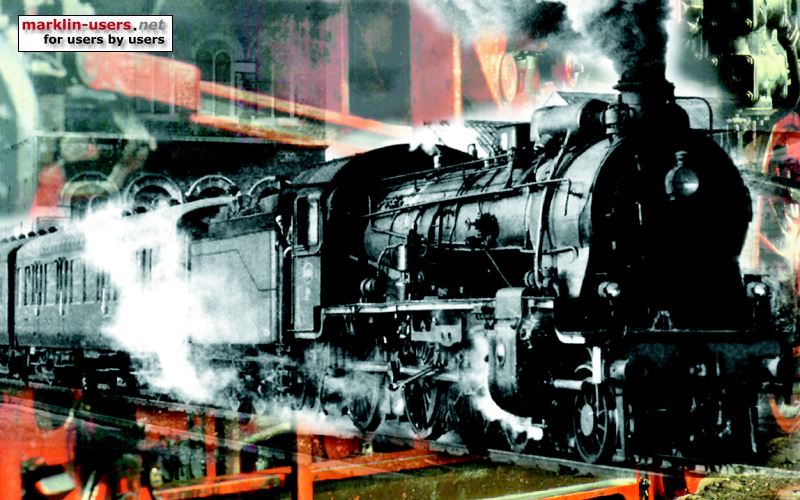
Programming the decoder...
The loco was placed on the IB programming track (a piece of track with a
separate connection to the IB). After some initial
"electrical" problems, the decoder was programmed to another
address and also 28 speed steps. The IB definition of this loco also had
to be changed to "DCC 28".
On the PT (programming track)...
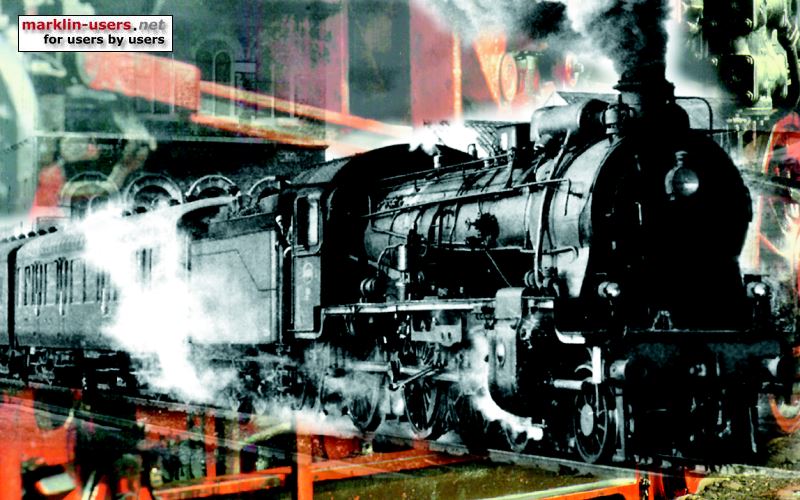
Finally, I could see it run nicely...
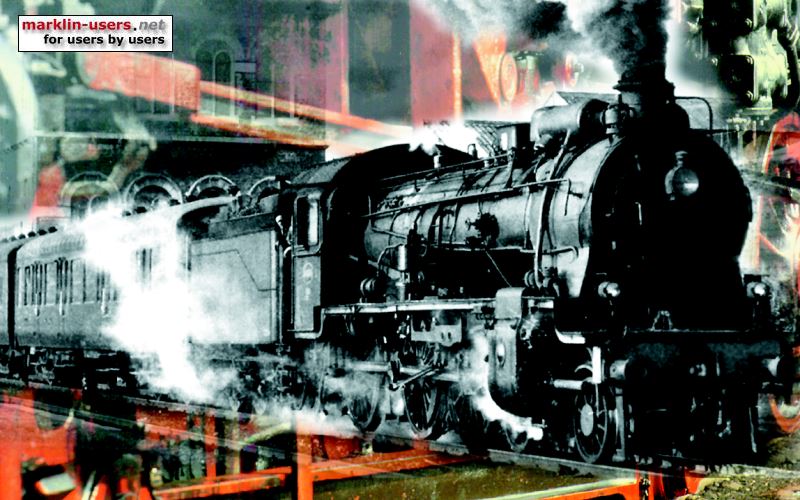
Summary
If you have an Intellibox, and are willing to mix digital protocols on
your layout, this is a rather interesting conversion to do. The loco is
noisy, but the pulling power outweighs this minor flaw. The regulation
of the motor is a little bit "jerky" at very low speeds but
this is mainly due to the 3-pole rotor. With a 5-pole motor, the
LE130 should perform absolutely perfectly.
|
